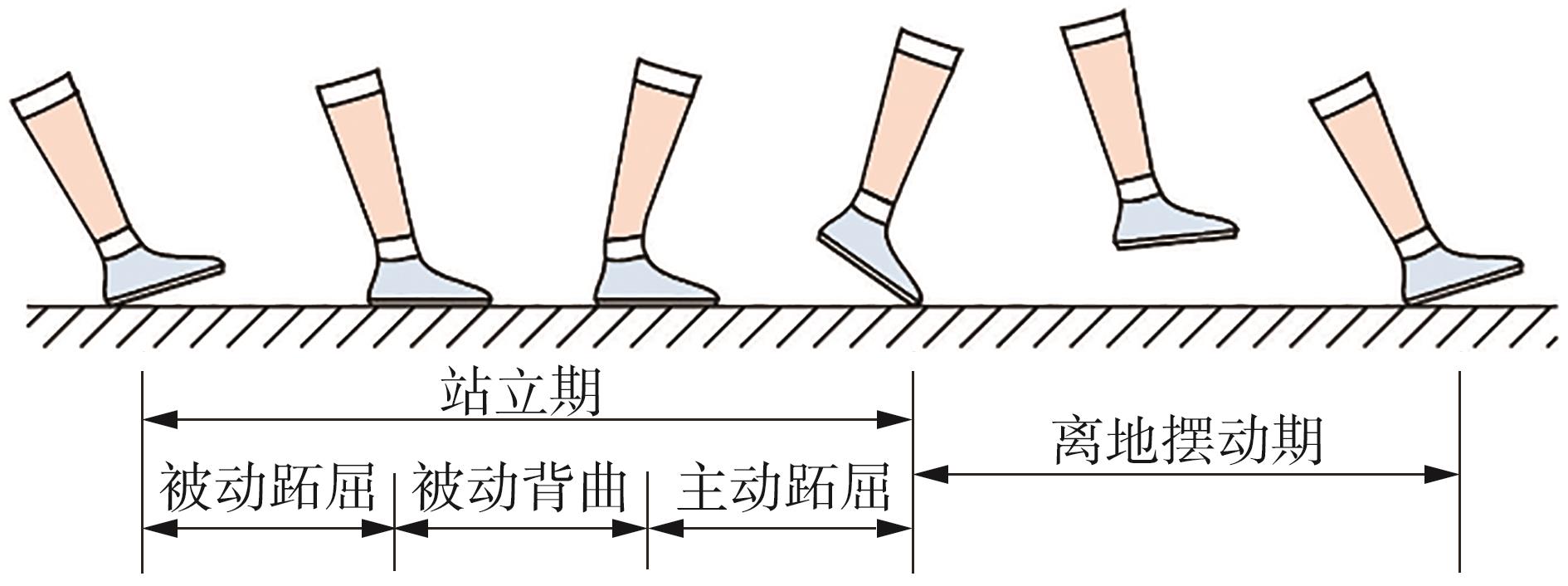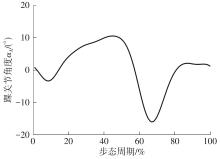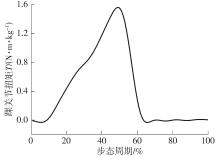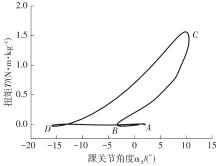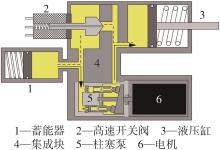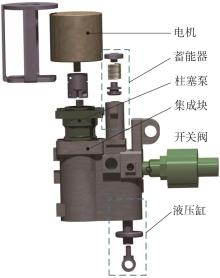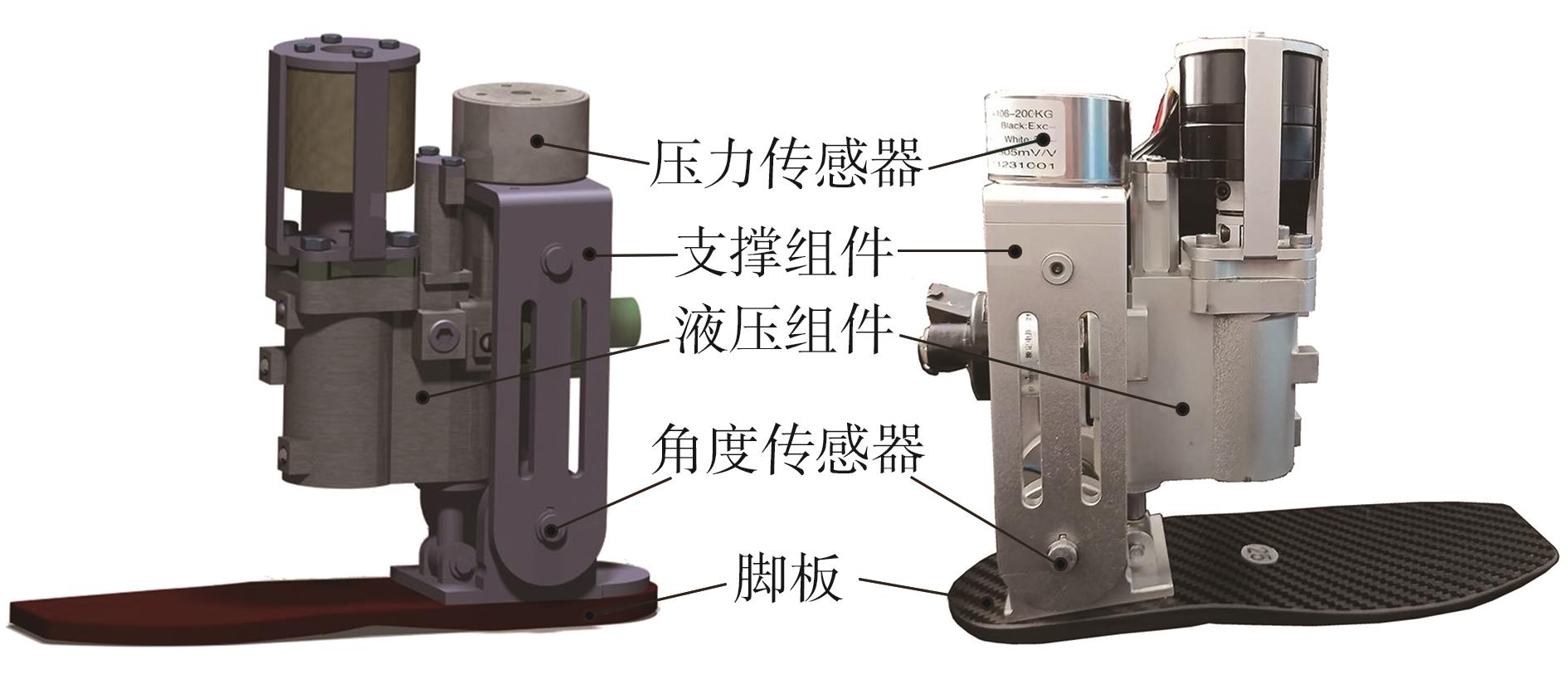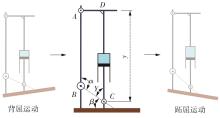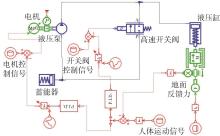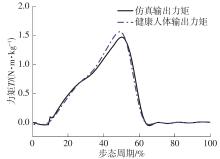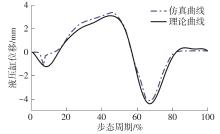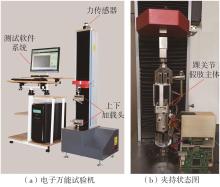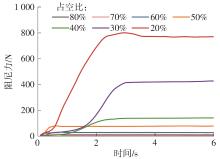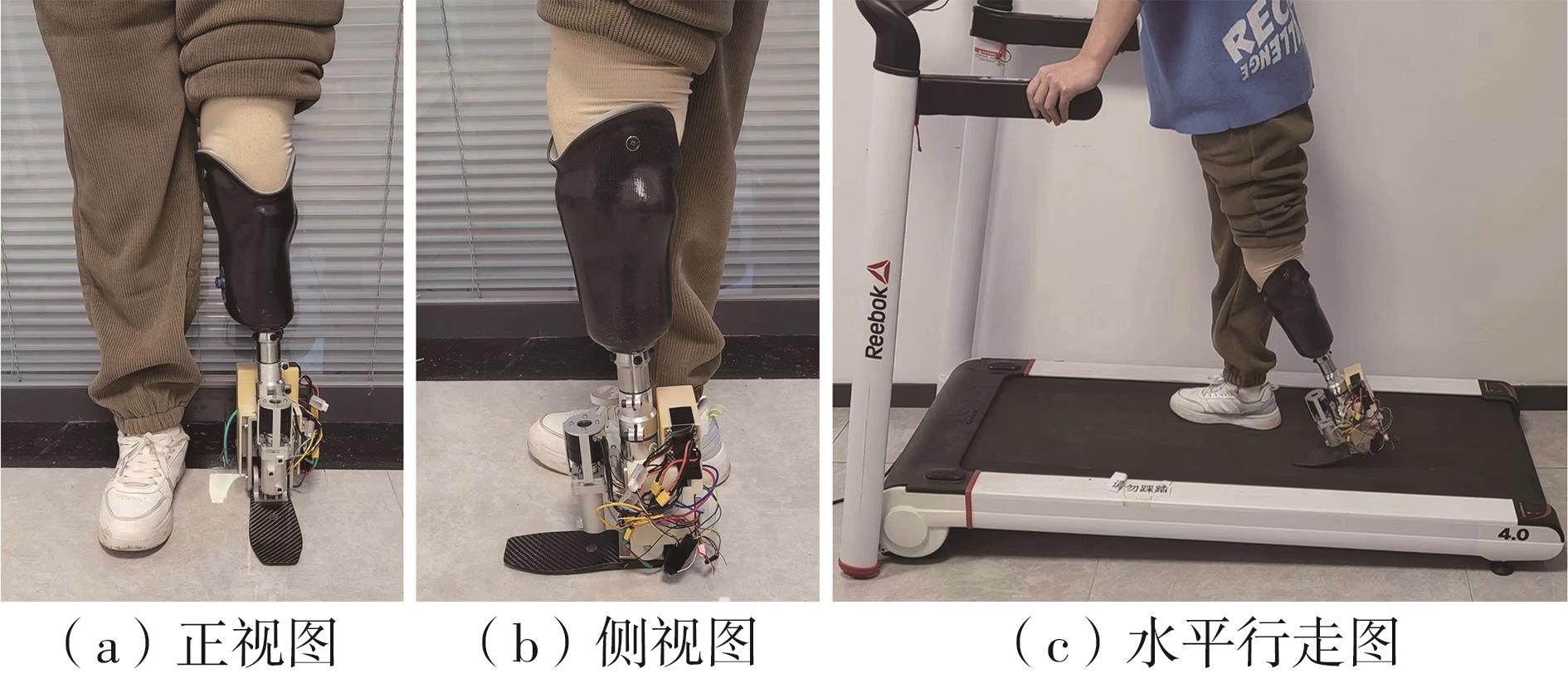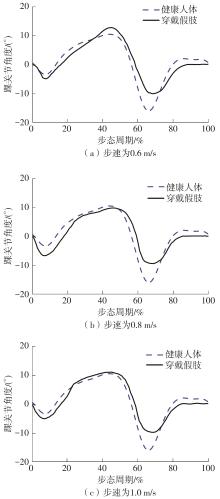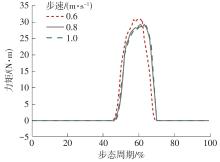Journal of South China University of Technology(Natural Science Edition) ›› 2024, Vol. 52 ›› Issue (9): 72-80.doi: 10.12141/j.issn.1000-565X.230567
Special Issue: 2024年机械工程
• Mechanical Engineering • Previous Articles Next Articles
Design and Analysis of the Active-Passive Hybrid Ankle Prosthesis Based on Electro-Hydraulic Actuation
PANG Hao1( ), SHAN Shaopeng1, HAN Yang2, LI Zhennan1, ZHANG Sen1, LIU Chunbao1,3(
), SHAN Shaopeng1, HAN Yang2, LI Zhennan1, ZHANG Sen1, LIU Chunbao1,3( )
)
- 1.School of Mechanical and Aerospace Engineering,Jilin University,Changchun 130022,Jilin,China
2.Changchun Institute of Optics,Fine Mechanics and Physics,Chinese Academy of Sciences,Changchun 130022,Jilin,China
3.Key Laboratory of Bionic Engineering,Ministry of Education,Jilin University,Changchun 130022,Jilin,China

